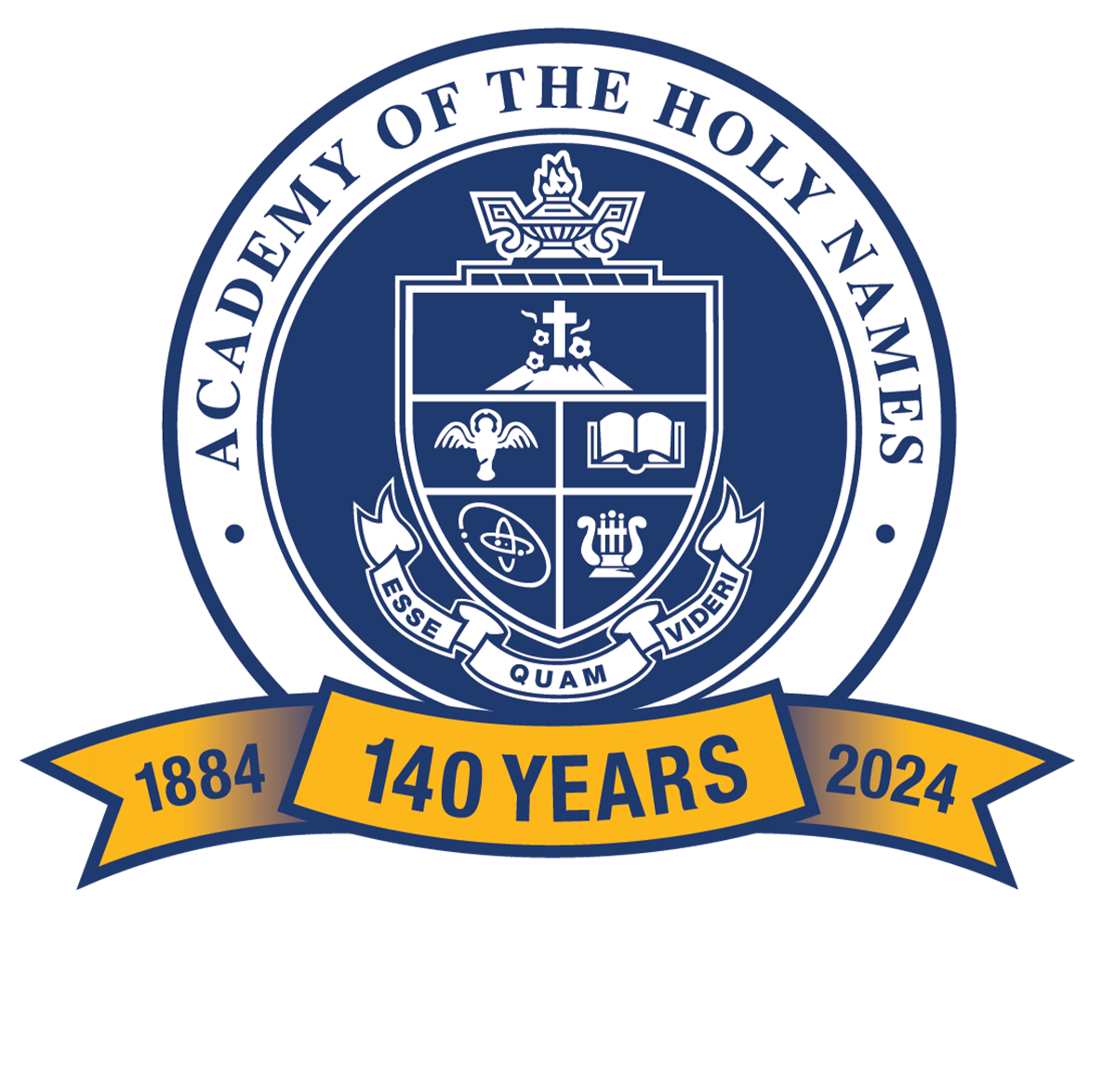Academy of the Holy Names has been a symbol of quality education in the Albany area for over a century, having first opened its doors as the Academy of the Notre Dame on September 10, 1884
Today the quality of education at the Academy continues to flourish. Holy Names students have the opportunity to participate in an academic program featuring flexible scheduling, interdisciplinary courses, service, and technology as well as extracurricular activities including student government, publications and interscholastic sports. While continuing their commitment to tradition, the school, with a middle school division for grades 6-8 and a high school division for grades 9-12, continues to move ahead in new directions. The 2023-24 academic year marks the 140th anniversary of Academy of the Holy Names.
 OUR FIGHTING FOUNDRESSES: Between 1880 and 1884, five French-speaking Sisters of the Holy Names, recently arrived from Canada, attempted to establish a school in Albany. Unknown to the Sisters, before their arrival, the Bishop of Albany had promised another area Catholic school that any school the French nuns established would not compete for students, but be restricted to enrolling only children of Canadian families.
OUR FIGHTING FOUNDRESSES: Between 1880 and 1884, five French-speaking Sisters of the Holy Names, recently arrived from Canada, attempted to establish a school in Albany. Unknown to the Sisters, before their arrival, the Bishop of Albany had promised another area Catholic school that any school the French nuns established would not compete for students, but be restricted to enrolling only children of Canadian families.
But the Sisters persisted. In 1884, they opened their academy on Hamilton Street in Albany, moving a year later to 628 Madison Avenue, the school’s home for the next eight decades.

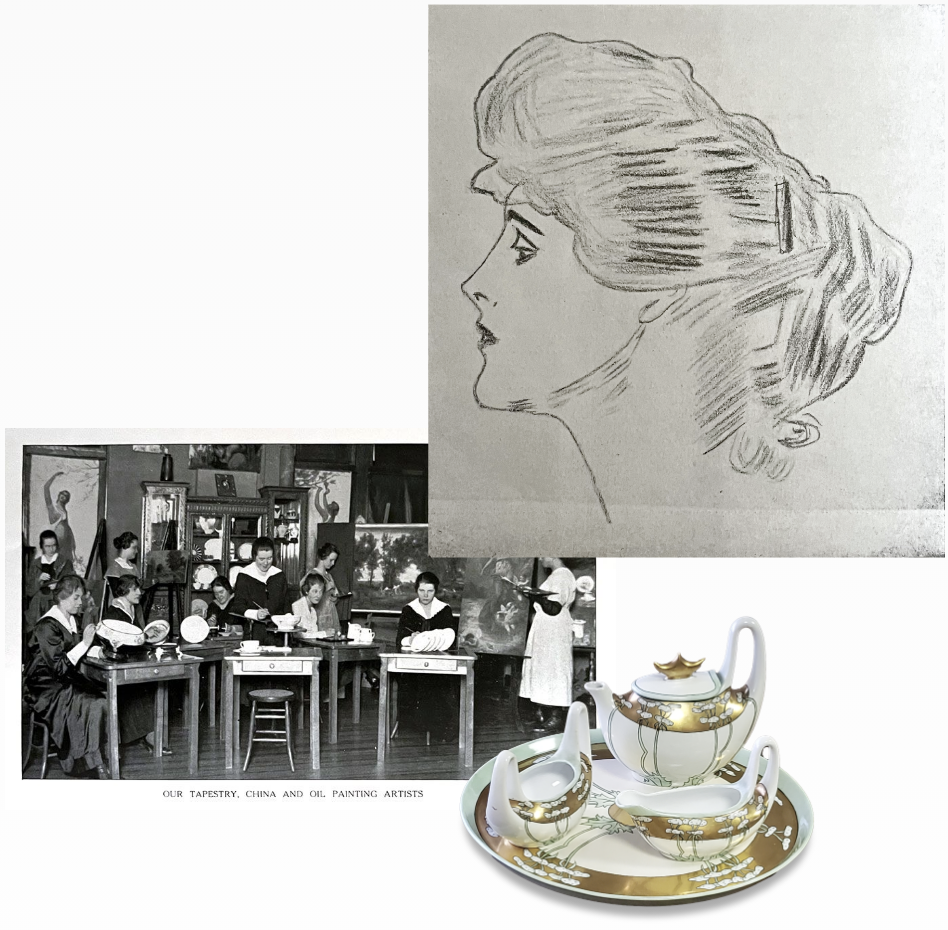

THE GIBSON GIRL ERA: The Academy of Notre Dame became Academy of the Holy Names in 1899. This was the era defined by the “Gibson Girl,” an idealized “new woman,” who, according to the Library of Congress, pursued higher education and the arts (along with romance and marriage) in equal measure with physical well-being.

OUR YEARBOOKS TELL A STORY: In 1910, students at the Academy of the Holy Names published the school’s first yearbook, “Cheer.” In its pages, students joke about cramming for final exams, their fear of the dreaded “wavelength experiment” in physics, their busy schedule of concerts and dramatic productions, the fun of the “Halloween Masquerade,” crying when Christmas vacation ended, and attending numerous liturgies, recitals, and retreats.
Except for the horse-drawn sleigh rides perhaps, all these events are familiar to students today.



ONE SPORT TO RULE THEM ALL: Basketball was invented in Springfield, Massachusetts in 1891. Here was a sport girls could play (though at half court with slightly modified rules) even in gyms like that at 628 Madison Avenue, with its 11-foot ceilings and exposed water pipes! By 1912, with the founding of the Amateur Athletic Association (A. A. A.), basketball was played hard at AHN with a JV team and two Varsity teams.
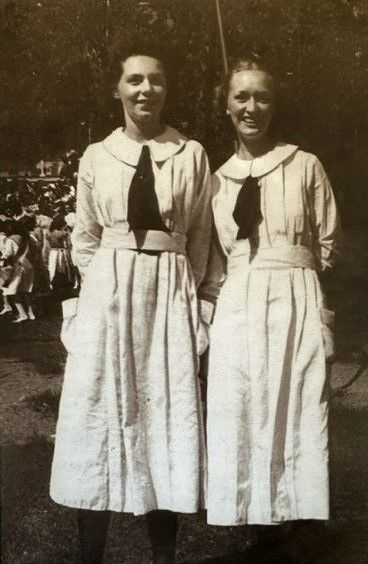
A UNIFORM RESPONSE TO A CHAOTIC WORLD: In the early 1920s, in reaction to the more revealing fashions then coming into style, uniforms became common at Catholic schools across the country. Uniforms were more than simply a way to ensure modesty. Over the preceding decades, enrollment in Catholic schools had grown to include immigrants from many countries and traditions. Uniforms leveled economic differences, signaled equal membership in a community, and allowed students to bond as a youthful cohort through their high school years.
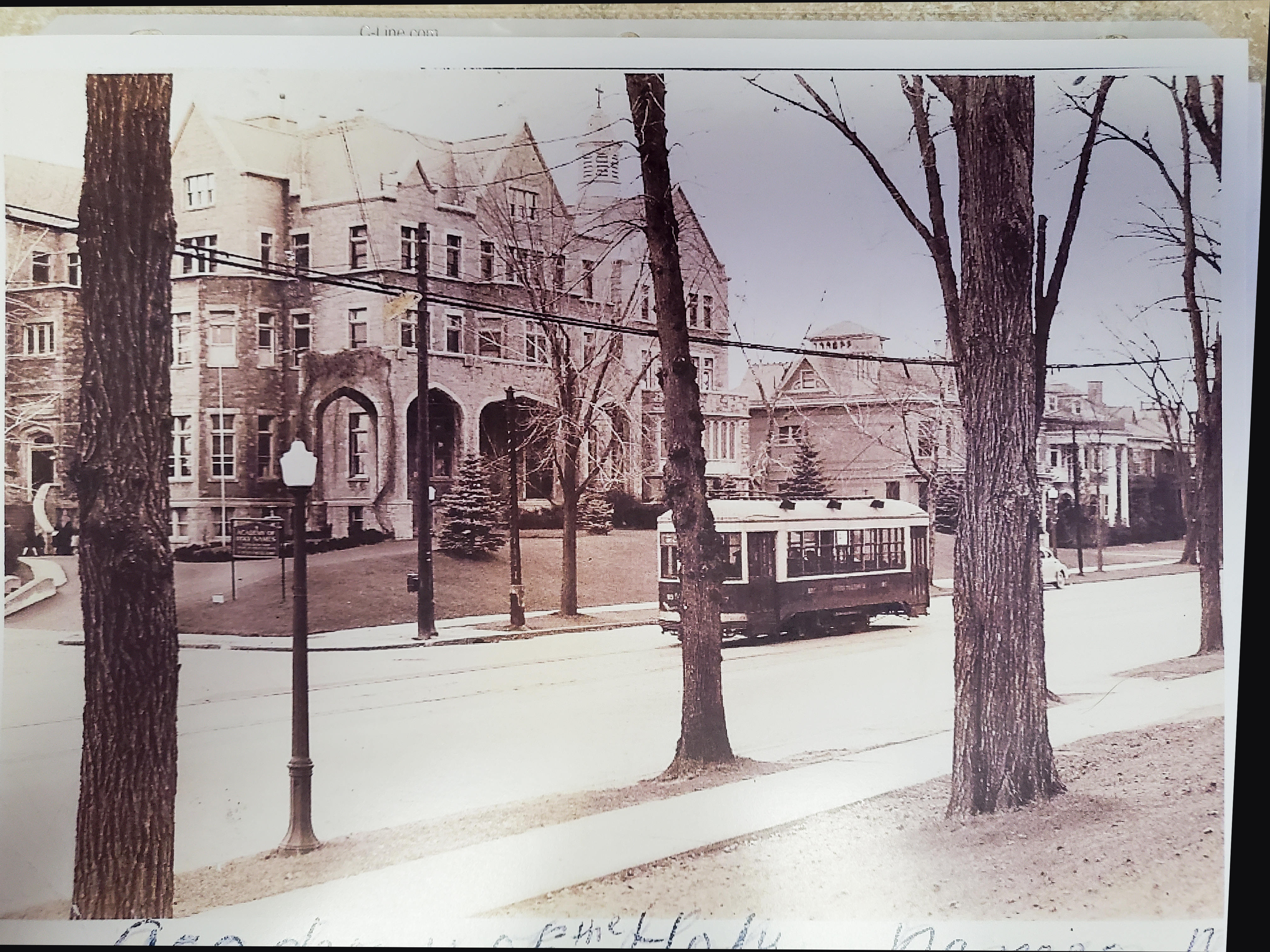
628 and 1075: In the years after World War II, and continuing unabated into the middle of the 1960s, the population of school age children in the United States exploded. It was the Baby Boom! For a few years during the mid-1960s, the Sisters of the Holy Names operated two high schools in the city of Albany, one at its original home at 628 Madison Avenue, and another at 1075 New Scotland Road
 FROM THE BABY BOOM TO MARYLROSE AND BACK: In 1957, at a cost of $900,000 (the equivalent of about $10,000,000 today), the Sisters of the Holy Names built a brand-new campus on property they owned at 1075 New Scotland Road and moved the school’s 9th, 10th, 11th, and 12th grade classes to the new facility. In honor of Mother Marie Rose, the new high school at 1075 New Scotland Road was rechristened Marylrose Academy.
FROM THE BABY BOOM TO MARYLROSE AND BACK: In 1957, at a cost of $900,000 (the equivalent of about $10,000,000 today), the Sisters of the Holy Names built a brand-new campus on property they owned at 1075 New Scotland Road and moved the school’s 9th, 10th, 11th, and 12th grade classes to the new facility. In honor of Mother Marie Rose, the new high school at 1075 New Scotland Road was rechristened Marylrose Academy.
As the Baby Boom (finally) began to subside in the early 1970s, the Sisters were able to honor their legacy and the legacy of generations of graduates by naming their high school at 1075 New Scotland Road the Academy of the Holy Names Upper School and renaming the elementary school Academy of the Holy Names Lower/Middle School.
Of course, to graduates “of a certain age,” the high school at 1075 New Scotland Road will always be remembered as Marylrose.
AHN JOINS THE COLONIAL COUNCIL: In 1984, AHN joined the Colonial Council League. In addition to its historic programs in basketball, volleyball, soccer, softball, track, tennis, and cheerleading, in the years that followed, AHN added lacrosse, golf, alpine skiing and swimming.
In a major capital expansion, AHN added a new gym in 2004, and in 2023, introduced its new sports mascot, Penny the Panther

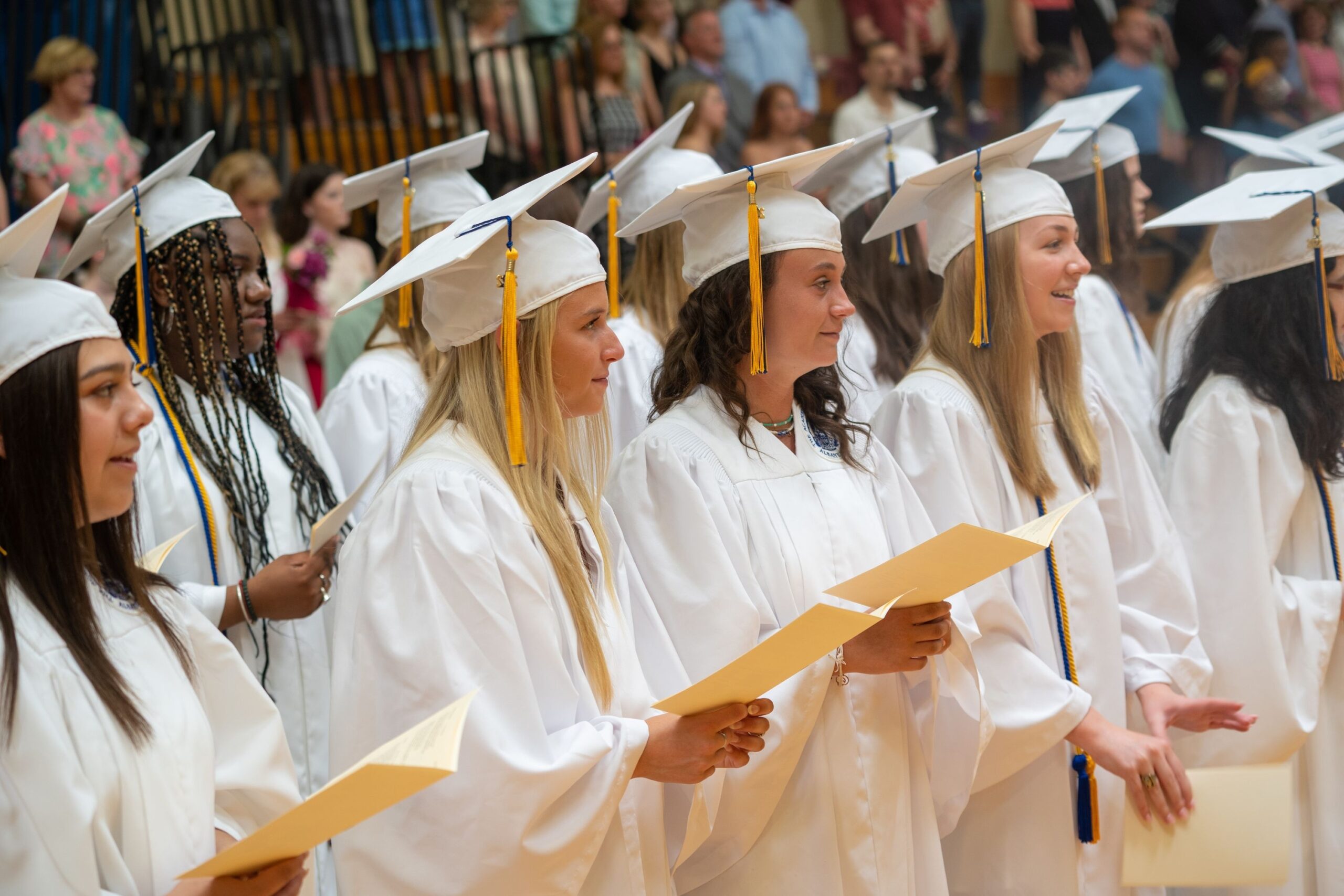

 GENERATIONS CONNECTED THROUGH TRADITIONS: The annual cycle of ceremonies, culminating with Baccalaureate and Graduation, are central to the AHN experience.
GENERATIONS CONNECTED THROUGH TRADITIONS: The annual cycle of ceremonies, culminating with Baccalaureate and Graduation, are central to the AHN experience.
Through nearly a century-and-a-half, Academy of the Holy Names has offered its students an environment of respect, love, and understanding, where individual women are recognized and celebrated, where faith is practiced and deepened, and where women find communion, a word that has a particular meaning here.
Essi quam videri. To be, rather than to seem.
.
THE REMARKABLE LEGACY OF MOTHER MARIE ROSE: Eulalie Durocher was born in 1811 at Saint Antoine-sur-Richelieu in Quebec, Canada. The youngest of ten, Eulalie was first taught at home by her mother, and later briefly attended boarding school. There she dreamed of becoming a nun. But at 18, Eulalie’s mother died and family duty called. Her brother, a priest, asked her to manage his rectory.
Hearing of her managerial skills and her deep faith, the Bishop of Montreal invited Eulalie to found a religious teaching community – the Sisters of the Holy Names of Jesus and Mary. Under the name Mother Marie Rose, Eulalie recruited nearly a dozen women for their community in the first year. By the time of her death in 1849 (at just 38 years old), 44 nuns had joined the order. By the 1960s, the Sisters of the Holy Names maintained convents, academies and free day schools in Canada, the United States, Africa, and South America.

